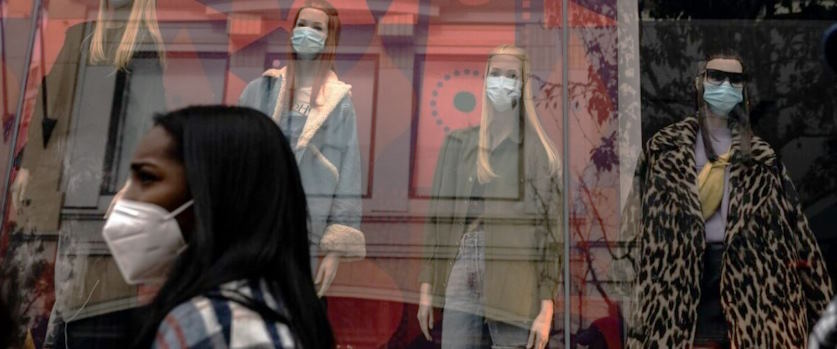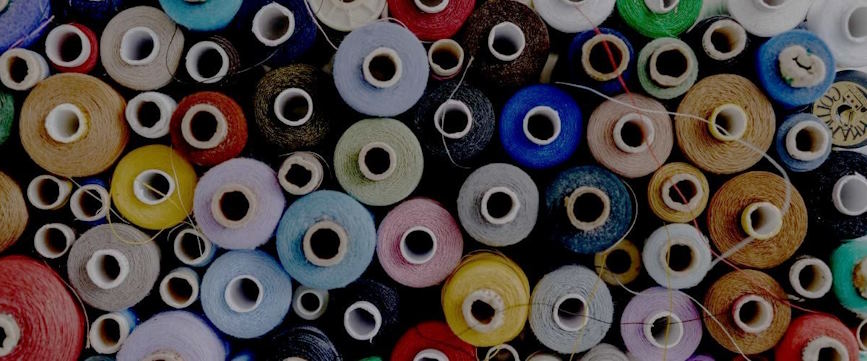Fashion’s Evolution in Crisis: Pandemic Influence and the Rise of Adaptive Fashion

The global COVID-19 pandemic brought unprecedented changes to the fashion industry, reshaping consumer preferences, accelerating digital transformations, and prompting a reevaluation of inclusivity. As the world adapted to new norms, fashion shifted towards comfort, digitalization, and inclusivity, exemplified by the rise of loungewear and the spotlight on adaptive fashion. Let’s explore how the pandemic shaped fashion trends and increased the emphasis on adaptive clothing.
Pandemic-Driven Changes in Fashion
- Rise of Loungewear and Comfort Dressing: With lockdowns and remote work, comfort became paramount. Loungewear, athleisure, and relaxed silhouettes surged in popularity, reflecting the need for versatile, cozy attire for home and occasional outings.
- Digital Fashion Weeks and E-Commerce Dominance: Fashion weeks and runway shows migrated to digital platforms, transforming how collections were presented and democratizing access to fashion. E-commerce platforms witnessed exponential growth as consumers embraced online shopping for convenience and safety.
- Sustainability and Conscious Consumption: The pandemic fostered a heightened awareness of sustainability and ethical consumption. Consumers sought purposeful, long-lasting purchases, leading to an increased demand for sustainable and eco-friendly fashion choices.
Adaptive Fashion: Embracing Diversity and Inclusivity
Catering to Diverse Abilities
Adaptive fashion gained prominence, focusing on clothing designed for individuals with disabilities or diverse physical abilities. Brands began prioritizing functionality, ease of wear, and inclusivity, offering solutions like magnetic closures, adjustable features, and sensory-friendly fabrics.
Inclusive Design Principles
The movement towards adaptive fashion emphasized inclusivity in design. Innovations included accessible clothing lines accommodating wheelchair users, prosthetics, and sensory-sensitive garments, ensuring fashion is accessible to everyone.
Representation and Empowerment
Advocates and influencers championed the importance of representation in fashion. The push for diversity on runways, in advertising, and within fashion campaigns highlighted the beauty of inclusivity and empowered individuals of all abilities.
The pandemic catalyzed a transformative period in fashion, prompting industry-wide adaptations and fostering a greater emphasis on comfort, sustainability, and inclusivity. As adaptive fashion gains traction, the industry is evolving to prioritize functionality, diversity, and empowerment, ensuring that fashion is not only accessible but also representative of diverse abilities.
The COVID-19 pandemic acted as a catalyst for change in the fashion industry, redefining trends and priorities. From the rise of comfortable loungewear to the spotlight on adaptive fashion, the industry embraced flexibility, digitalization, and inclusivity. As fashion continues to evolve, the lessons learned during this period highlight the importance of adaptability, accessibility, and empathy, driving the industry towards a more inclusive and versatile future.




